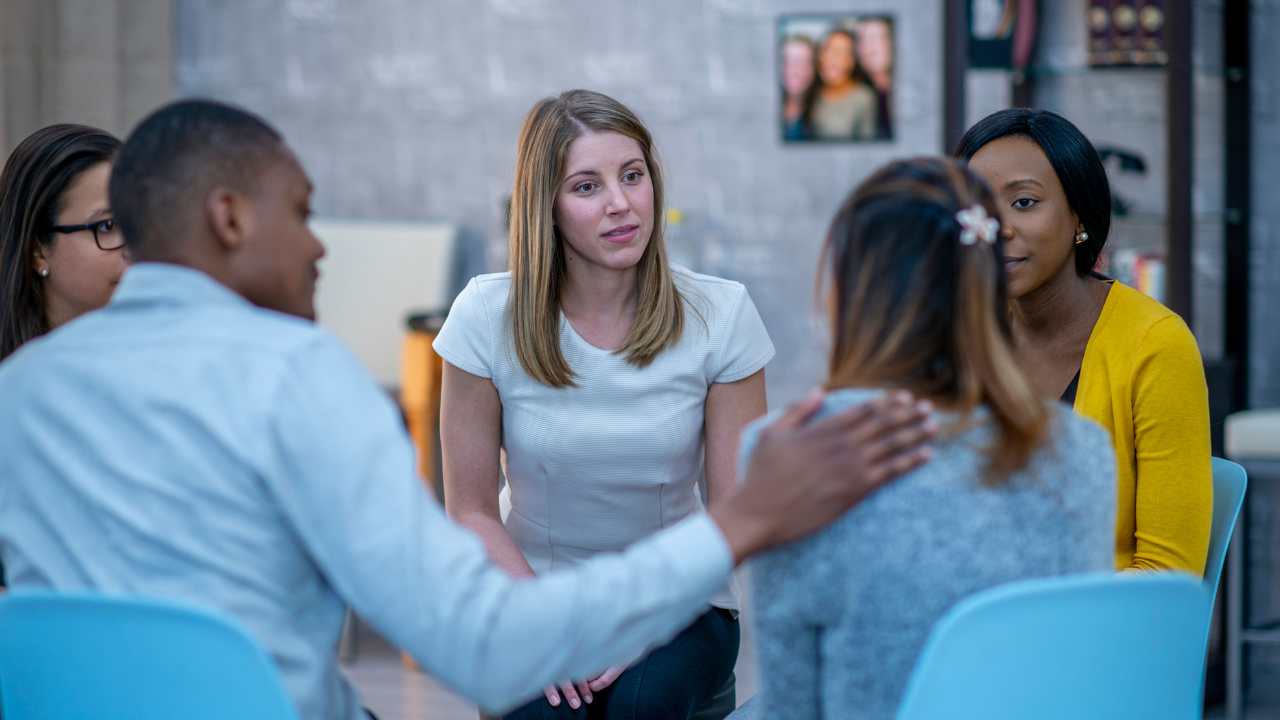 As the challenges facing communities become more complex and the importance of effective collaboration across sectors and perspectives increases, the need to find simple and effective ways for people to think and learn together has never been greater.
As the challenges facing communities become more complex and the importance of effective collaboration across sectors and perspectives increases, the need to find simple and effective ways for people to think and learn together has never been greater.
I have long been a fan of Liberating Structures – a menu of thirty-three simple, but highly effective techniques designed to create new ways for people to think and work together. Each liberating structure offers another way to think about how to shift people out of their traditional ways of interacting and disrupt the status quo to unleash creativity and innovation.
Earlier this month I had the opportunity to attend a learning event to deepen my own knowledge and appreciation of these methods, which I believe, have a place in every community change-makers’ tool-kit. As a whole, what I find most useful about Liberating Structures is that they provide a minimal amount of structure to how people interact with each other – thereby liberating the shared topic or subject matter that is being explored to new ways of collective seeing and thinking.
The power of Liberating Structures is that they strike an optimum balance between agendas that offer either too much or too little control to the participants whose wisdom and ideas are needed to generate new solutions. Each Liberating Structure has been designed to ensure that all participants have an opportunity to contribute ideas, discuss and evaluate options and shape next steps. Used well, Liberating Structures demonstrate that big change can happen through small shifts and changes in how with think and interact.
The 10 Principles That Underpin Liberating Structures
Regular use of the Liberating Structures offers the opportunity to begin to shift the culture for how people experience – and are encouraged to contribute to – efforts to think and work together differently. Putting Liberating Structures into use in a thoughtful and intentional way, offers a simple yet effective way to translate a number of powerful principles of engagement and inclusion into action. The ten principles embodied by Liberating Structures are:
- Include & Unleash Everyone – Use Liberating Structures to invite everyone touched by a challenge to contribute to identifying possible solutions, with specific attention to inviting in “unusual suspects”
- Practice Deep Respect for People & Local Solutions – Intentionally engage those doing the work and/or familiar with local context to contribute their collective expertise. Surrender the illusion of control.
- Never Start Without a Clear Purpose – Be very clear about what is important and meaningful to you and others in what you are choosing to explore.
- Build Trust as You Go – Cultivate a culture where speaking truthfully, with respect, is valued and all have a sense of shared ownership to both the product and the process of the group.
- Learn by Failing Forward – Be willing to transparently debrief each step of a group’s process, seek input from the group if things are not unfolding as expected and take risks safely. In this way you are also modelling an approach of “learning by doing”
- Practice Self-Discovery Within a Group – Allow groups the space to discover solutions on their own, encourage multiple experiments. Treasure questions more than answers, curiosity more than certainty.
- Amplify Freedom and Responsibility – Specify minimum constraints and err on the side of less rather than more control. Track progress, capture learnings, celebrate mistakes as insights.
- Emphasize Possibilities – Build from what IS working well and emphasize what can be done with existing resources and ideas.
- Invite Creative Destruction and Enable Innovation – Understand and invite conversations about what is keeping people from achieving their work. Remove barriers wherever possible and encourage people to try new approaches and ideas.
- Engage in Seriously Playful Curiosity – Remember to make working together fun, demanding, and productive
Tips for Getting Started with Liberating Structures
One of the most beautiful things about Liberating Structures is their simplicity. Each is described in a way that makes it easy to implement even if you have little to no previous experience leading groups. This is a set of tools that you get more skilled at as you use them. You are meant to learn them by doing. So, I encourage you to try Liberating Structures on! Look for ways to incorporate a Liberating Structure into work you are already committed to doing. Can you incorporate a Liberating Structure into the next meeting you are part of? Here are some tips for using Liberating Structures well:
- Learn the Menu – Familiarize yourself with each of the 33 Liberating Structures and the purpose for each one. Just focusing on what you are trying to accomplish will help you to build a “short-list” of the Liberating Structures that best suit your needs in the
- Work with a Buddy - Ask a colleague to work with you and support you in trying to implement Liberating Structures. This might make it easier for you to pay attention to both the instructions and how the specific structure is being received by the group
- Be Transparent and Ask for Feedback – Be clear with your team if you are trying a Liberating Structure for the first time, share why you chose this particular one and be sure to invite the group to offer feedback on the experience
Not every Liberating Structure you use will be loved by everyone, but if people are able to think and work together more effectively and see that what they co-produce is richer and more nuanced that what they could have generated alone , then you will have succeeded in using these simple methods as they are intended.
Learn More
- Visit the Liberating Structures website at: liberatingstructures.com
- Use the LS Selection Matchmaker to decide the best Liberating Structure to use for your intended purpose
- Discover new Liberating Structures now being field-tested – Liberating Structures in Development
- Download the free Liberating Structures App for Apple and/or Android
- Learn more about Community Engagement at the upcoming Community Change Festival





